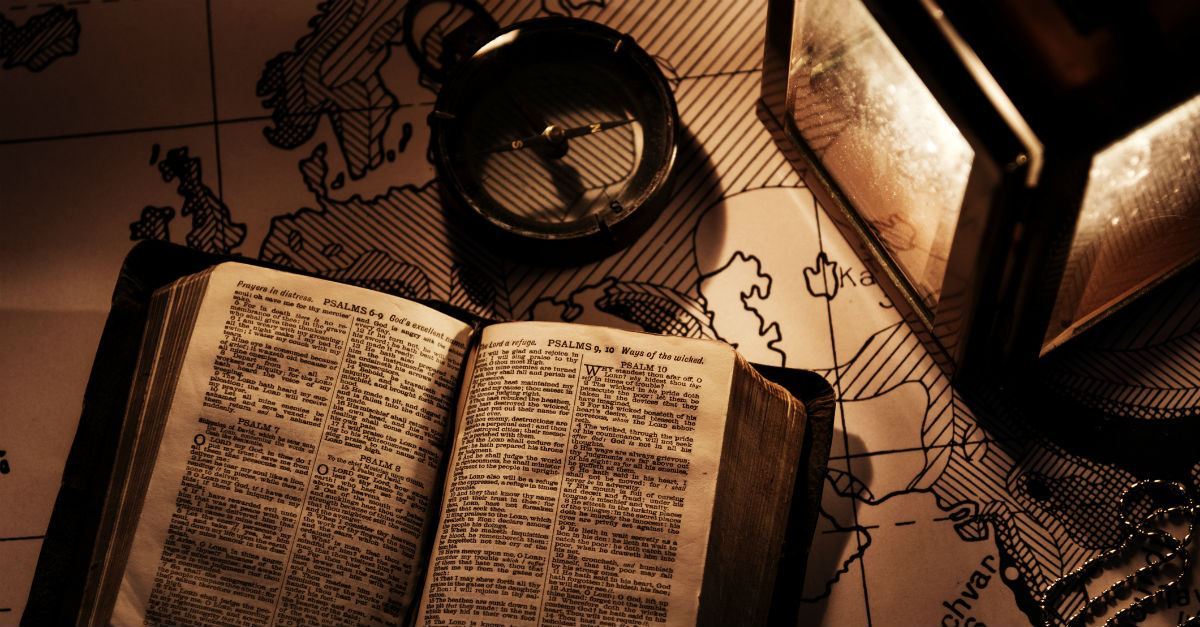Diocese of Coimbatore of the Church of South India
256, Race course
Coimbatore, Tamil Nadu India
The Coimbatore Diocese comprising of six revenue districts in Tamil Nadu viz. the Nilgiris, Coimbatore, Tirupur, Erode, Salem and Dharmapuri is situated right in the midst of four linguistic States in South India. We share the diocesan boundaries with Trichy-Tanjore in the east, East Kerala in the south west, North Kerala in the west, South Karnataka in the north, Central Karnataka in the north-west and Vellore and Rayalaseema in the north east. Thus we cater for many bilingual and trilingual congregations spread along the Diocesan boundaries.
About one third of our Diocese is comprised of hill ranges like the Nilgiris, Talamalai-Bargur ranges of Erode District and Shevaroys and Kalrayan hills of Salem and Melagiri and Chitteri ranges of Dharmapuri District. Nearly one third of our congregations, churches, institutions and development programmes are based in the hilly regions.
We have the highly developed and fast growing mega-industrial complex in Coimbatore City on one hand, which is also the Diocesan headquarters and the most backward district of Dharmapuri on the other hand, where we have most of our development and evangelistic projects creating a lot of impact in the recent years.
Whether he be a Paniya from the tribal outback of Wyanad or a Malayli tribal coffee estate labourer from Muluwi in the Shevaroy Hills, whether she be the Chancellor of a University in the bustling texcity or a Sri Lankan repatriate tea-plucker from 6500 ft. above sea level at Ersibetta, whether he be a domiciled British Planter at the cool haven of Yercaud or a most vociferous Dalit activist from the Kongu plains, whether she be a teacher who has left her native Tirunelveli many generations ago or an internationally - known spokeswoman for tribal rights, all of them merge into the colourful mosaic of the Coimbatore Diocese of Church of South India.
Interestingly enough, missionary labours were launched in the Diocese in and around the decade 1821-31. The five areas are the Nilgiris, Coimbatore, Tirupur, Erode and Salem, spread out in eight revenue districts of the Nilgiris, Coimbatore, Tirupur, Erode, Salem, Nammakkal, Dharmapuri and Krishnagiri in Tamil Nadu. As one would expect, the Roman Catholic work in several parts of this large geographical region had preceded at least by a century and half.
Rev. Henry Crisp of the London Mission from Bangalore was the first one to set up a base for missionary work at Salem in the year 1827. There were of course European Missionaries in the distant Nilgiris around that period; but they were mainly the holidaying missionaries from Kottayam of the Travancore Mission of the Church Missionary Society (C.M.S.) in the salubrious heights of Kotagiri. A couple of them by 1830 had a school started for the Badaga tribal children, but it failed.
Around the same time and in the year 1830, W.B.Addis of London Mission was posted to Coimbatore to start work and which has grown to be the cornerstone of the Diocese. By this time, the Niligiri district had been opened up as sanatoria for the British officialdom in the Madras Presidency and by 1830-31 a strong ecclesiastical base for the British establishment had emerged at Ootacamund.
Another important piece of missionary enterprise took shape during the next couple of decades. George Casa Major, A Scotsman who served as a Resident of the British East India Company at the Native State of Mysore and later as a Judge of the Madras High Court, after his retirement settled in Ketti in the Nilgiris. His zeal for missionary labour among Badagas, the largest single ethno linguistic group of people in the District, made him invite the Basel German Mission from Mangalore to the Nilgiris and they set up a base for Badaga work in the year 1846 and later on extended the same work to Kotagiri by the year 1861. By the turn of the last century itself, the Basel Mission had opened schools for Badaga children in twenty-nine of their neighborhoods. This pioneering work among the Badagas largely caused the upward mobility in the socio-economic enterprises of this tribal community. Three of the Bishops of Church of South India hailed from the Basel Mission background of the Nilgiris viz. Rt. Rev. William Karl, formerly of North Karnataka and Rt. Rev. William Moses, formerly of Coimbatore and also Rt. Rev. Timothy Ravinder our present Bishop of Coimbatore. Badagas, Basel Mission and the Blue Mountains were inseparable parts of each other until the British government vacated the Germans during the First Great War.
Following Henry Crisp, J.M. Lechler, W. Robinson, A.A. Dignum, T.C. Witney, and Miss A. Crouch, Miss. L. Cox, Miss M. Lodge, Miss E. Mummery and Miss L. Stanyon were the successful builders of the London Mission work in Salem Area. Not only schools and boarding homes but also an industrial-cum-trade school established during the last century by the Mission put the work on firm footing. The great deals of property development that ha
